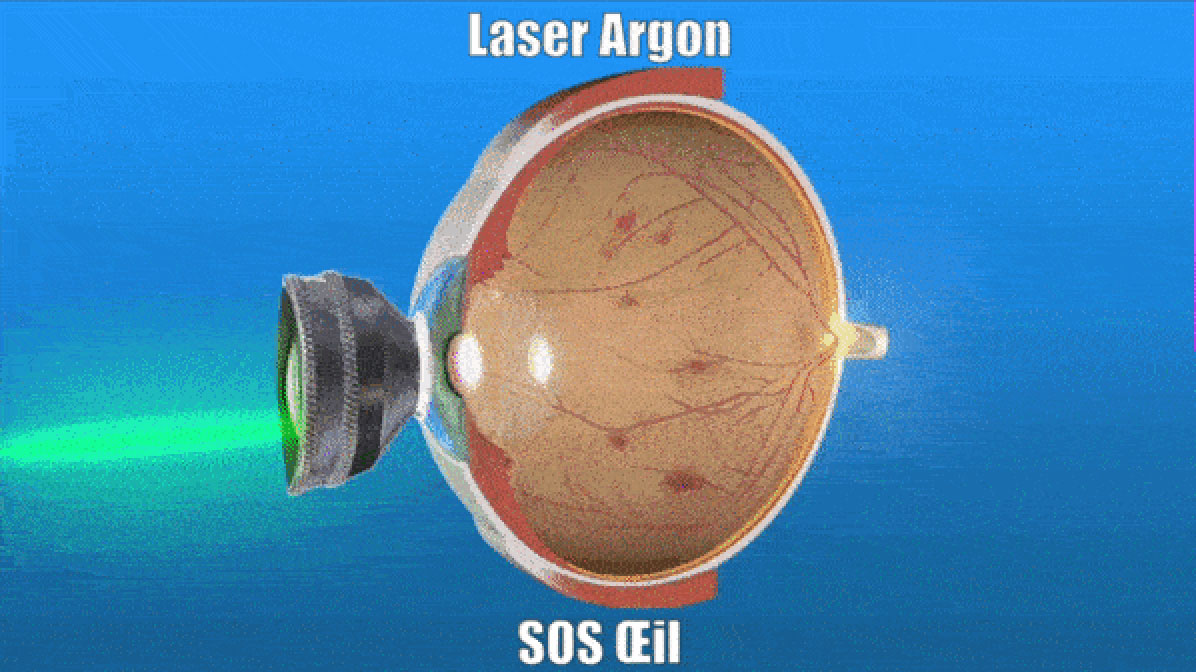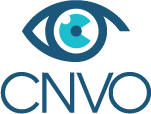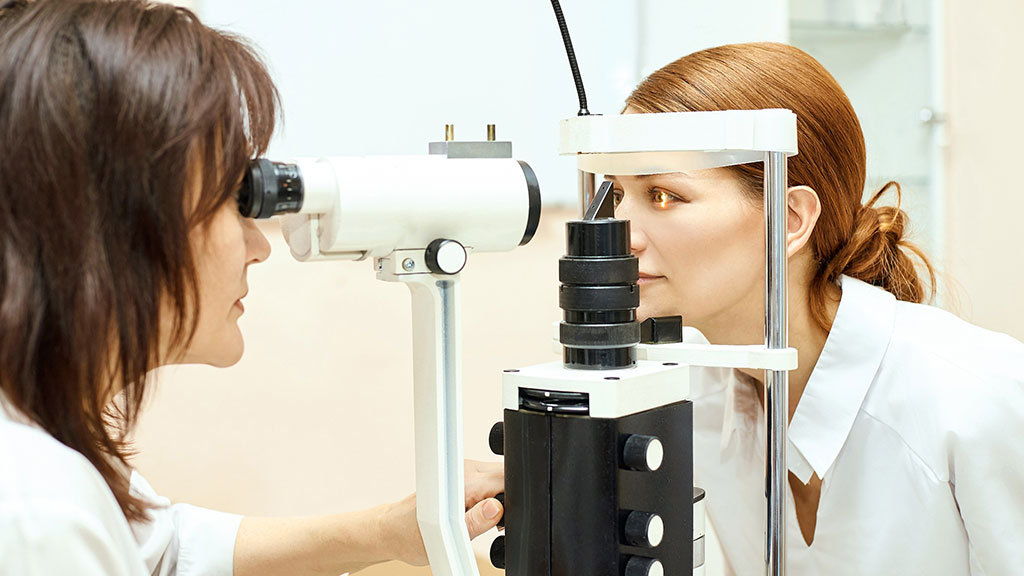The CNVO center has different types of lasers to treat or prevent different diseases:
Secondary cataract: During cataract surgery, an artificial lens is injected and positioned in the exact place of the original lens. Secondary cataract is not a "regrowth" of the cataract, but a loss of transparency of the natural lens capsule behind the implant.
This opacification is present in over 30% of cases, and its frequency increases with time.
Secondary cataract treatment is based on opening the posterior capsule using the YAG laser. The laser is applied after pupil dilation.
It lasts just a few minutes and is completely painless.
As the pupil is dilated, driving is not possible immediately after laser treatment.
The perception of floating bodies is common in the days or weeks following laser treatment, and gradually subsides.
Angle-closure glaucoma: Treatment consists in perforating the base of the iris, performing a peripheral iridotomy with a YAG laser.
It lasts just a few minutes and is very painless. The laser is performed without dilating the pupil.
Before the laser, you will be given a prescription to facilitate the procedure.
The doctor asks the patient, seated in front of the machine, not to move his eye during the session. Immobility is facilitated by the use of a contact lens placed over the eye, which also improves laser focusing.
After laser treatment, vision in the treated eye is blurred for a few hours, preventing driving.
Efficacy is rapid and complications are rare.
Argon laser
With the Argon laser, the retina is photocoagulated, i.e. cauterized against the eye's protective envelope. The adhesions created prevent the retina from detaching, or treat areas of retinal damage. It is used to treat retinal diseases, in particular retinal tears and diabetic retinopathy.
The laser is applied in just a few minutes, under anaesthetic drops, and is painless. A lens is placed on the eye to observe the retina and reduce blinking.
As the pupil is dilated, driving is not possible immediately after laser treatment.
The eye has been dazzled for a few minutes at high intensity, so vision is blurred for 1-2 hours after the procedure.

The SLT laser
The SLT laser is indicated for patients with isolated ocular hypertonia or glaucoma, as a complement to local treatment, in cases of glaucoma progression, intolerance to treatment or unfavorable evolution before or after surgery.
This laser will create tiny holes in the trabeculum (between the iris and cornea) to lower intraocular pressure by 20 to 30%.
Its effectiveness diminishes with time, however, and regular glaucoma monitoring remains essential. Repeat sessions are possible when a first session has been insufficiently effective. It is far less invasive than a surgical procedure, and occupies an important place among treatment options.
A drop of local anaesthetic is instilled before a contact lens is placed over your eye (to visualize the trabeculum). The doctor then performs the various laser impacts without any pain. The procedure takes just a few minutes and is performed in a dedicated room.



